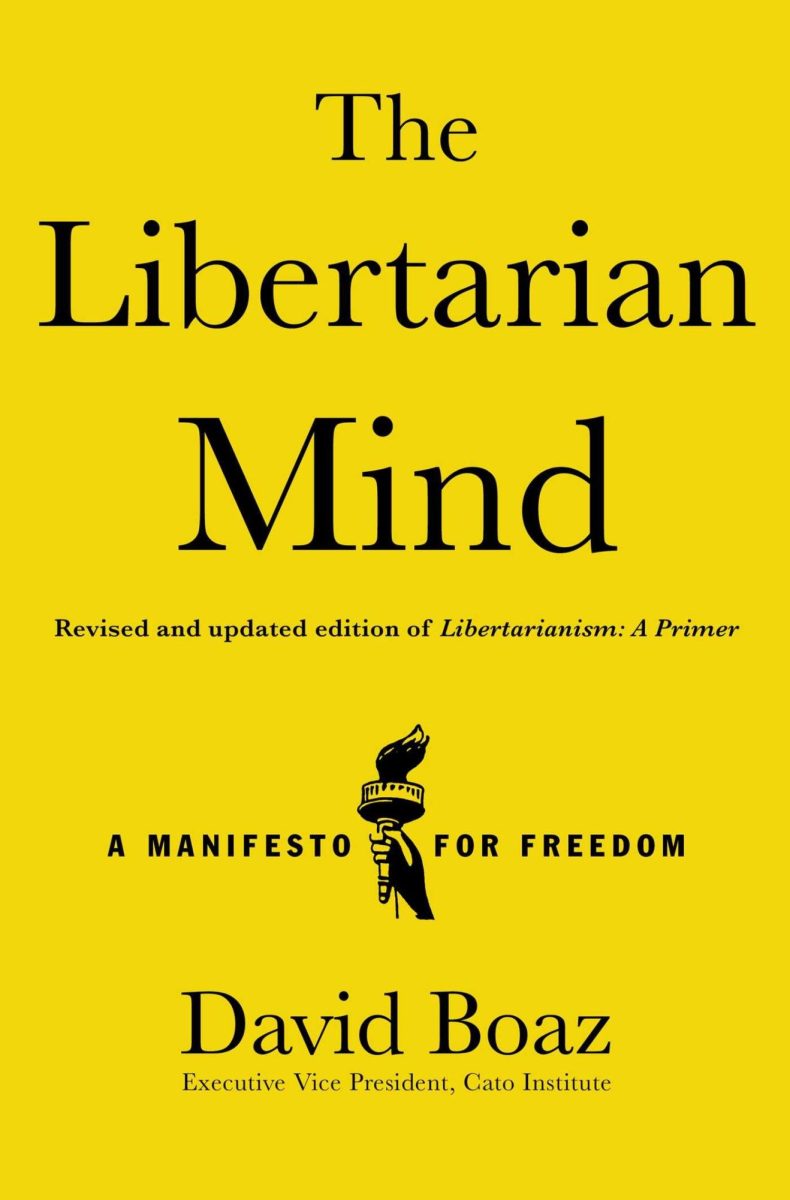Warning: If you’re eating or just ate, don’t walk out to the Mall.
The annual anti-abortion display, organized by AbortionNo, is out on the UA Mall this week. Like clockwork, the display ignites praise, disgust, queasiness and general discomfort on campus. The sheer size of the display makes the visual propaganda inescapable. Displays like this are delibrately dramatic and distort the complex nature of the issue of abortion, even from the pro-life perspective.
Alicia Morse, a senior double-majoring in business economics and French, called the photos “”heart-wrenching”” and “”obscene to the most infinite degree.””
Alexandra Presler, a physiology freshman, was wary about labeling the display obscene but called the photos “”pretty disturbing.”” The photos “”serve their purpose well,”” said Presler, referring to AbortionNo’s political platform.
Whether the photos are obscene or just disturbing, both students agreed that the display constitutes political expression. Miller v. California (1973), which established a test for classifying obscene, and therefore unprotected, material, granted wide protection for public displays of political expression.
Paul Wilson, UA alumnus class of 1977, conceded that the pictures could be labeled obscene but felt that the graphic nature of the pictures contributed to political speech. “”I consider abortion obscene. The pictures are just depicting the truth,”” said Wilson.
Jeremiah Lange, an optical sciences senior who described himself as part of the “”pro-life movement,”” When asked if the display was obscene, he admitted that they were “”very disturbing.”” The pictures, he said, are a way of “”showing people the truth about what abortion is doing to the baby. Babies are human beings that deserve as much protection as you and I.””
Just as disturbing as the pictures of aborted fetuses are the images of lynchings, Cambodian killing fields, and the Holocaust — atrocities which the display compares to abortion.
The comparison lacks validity, but the display states “”comparable does not mean identical.”” In the same vein, “”free speech does not mean true speech.””
The pictures are more powerful than any words could be, which is precisely why they are used. They may reflect the political views of the organizers, but one has to question the need for such shock value.
The organizers of this protest understand the emotional impact of Holocaust comparisons and images and have chosen to exploit it for their own political purposes.
Organizers of the display may believe their comparisons are valid, which is their constitutionally-protected right. The first amendment not only guarantees free speech, but also allows individuals and groups to engage in distorted propaganda.
Just as Howard Stern is dismissed for his shock-jock antics, so too must this display be dismissed. The views of the organizers aren’t invalid, but their ends-justify-the-means approach is unnaceptable. The images force students to confront the issue of abortion emotionally, which is the goal of the display.
Students and others who view the display will know how they feel about it the second they see it. The “”Free Speech Board”” placed next to the display showed an overwhelming response against the display, and Facebook is alive with status updates, complete with likes and additional comments, voicing opposition to this display. Anti-abortion activists may have initiated the political expression, but pro-choice students have answered back to form a multi-faceted debate about not only abortion but the protections of free expression in public display.
—Dan Sotelo is a political science senior. He can be reached at letters@wildcat.arizona.edu.








